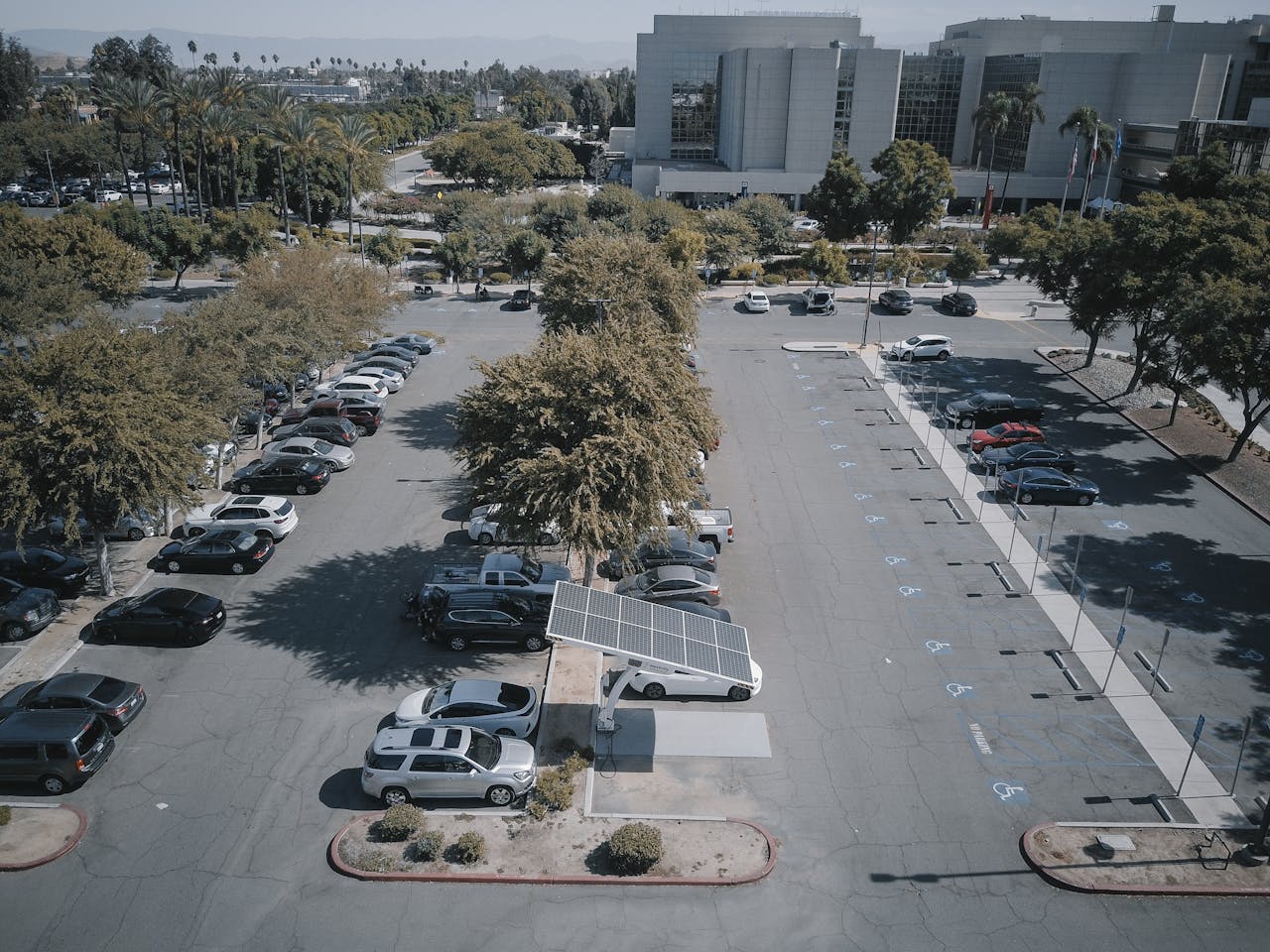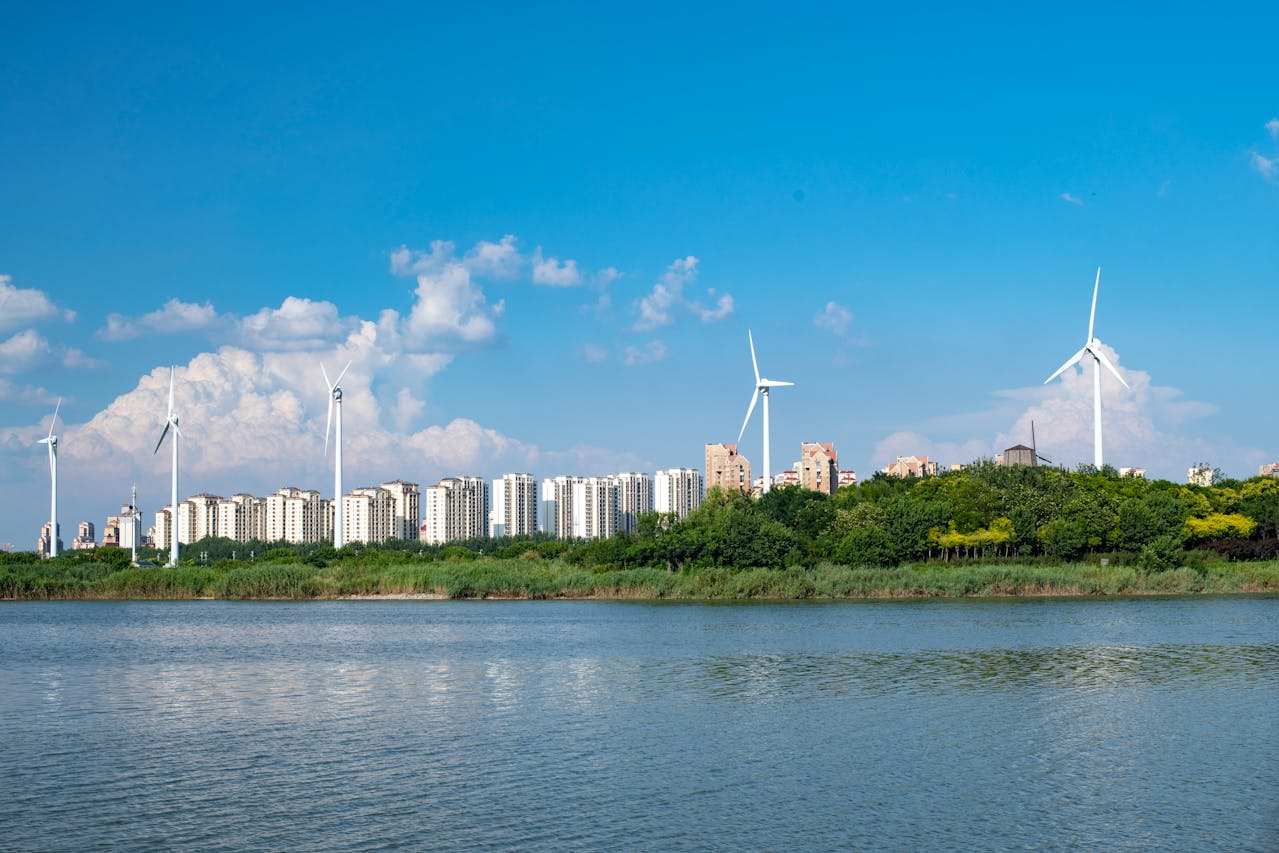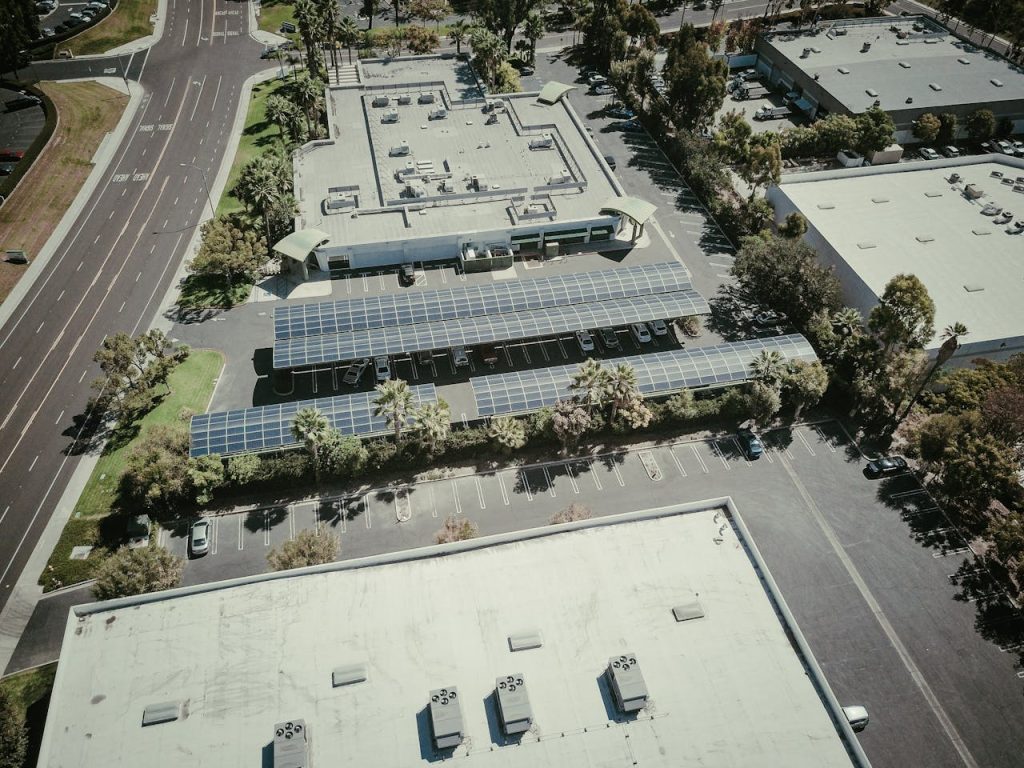Global environmental challenges demand urgent, long-term solutions. Fossil fuels can no longer sustain our planet’s needs. This is where renewable energy engineering steps in, reshaping how we generate power while prioritising sustainability. Our guide explores how this field drives progress through innovation and practical applications.
Solar, wind, and other clean sources now dominate discussions about modern energy systems. These technologies reduce reliance on finite resources and cut harmful emissions. They also create jobs, spur economic growth, and improve energy access worldwide. For instance, rural communities benefit from decentralised solar grids, as highlighted in our analysis of sustainable practices.
We’ll delve into groundbreaking engineering methods transforming the industry. From advanced battery storage to smart grids, these innovations ensure reliable power supplies. They also align with global efforts to balance ecological health with economic development.
Key Takeaways
- Clean energy sources like solar and wind reduce environmental harm while meeting power demands.
- Engineering advancements enhance energy storage and distribution efficiency.
- Job opportunities in renewables support economic growth, particularly in rural regions.
- Decentralised systems improve energy access in underserved areas globally.
- Long-term strategies are vital to phase out fossil fuels and achieve climate goals.
Join us as we unpack how smart engineering and policy shifts can build a sustainable future. Together, we’ll explore solutions that benefit both people and the planet.

Charting Our Path to a Greener Future
Climate action is no longer optional – it’s reshaping global priorities. As nations grapple with rising temperatures, clean energy sources like solar and wind are emerging as cornerstones of modern infrastructure. These solutions not only curb carbon emissions but also strengthen energy security by diversifying supply chains.
Overview of Renewable Energy’s Importance
Balancing energy efficiency with growing demand requires smart systems. For example, Germany now generates 46% of its electricity from renewables, proving scalable alternatives to fossil fuels exist. Such projects reduce reliance on finite resources while stabilising costs for households.
| Factor | Fossil Fuels | Renewables |
|---|---|---|
| Emissions | High carbon output | Near-zero emissions |
| Resource Availability | Limited reserves | Infinite sources |
| Energy Security | Geopolitical risks | Localised systems |
Our Commitment to Sustainable Development
We champion strategies blending science with practicality. California’s grid, powered 60% by renewables during peak hours, shows what’s achievable. By prioritising cost-effective systems, we’re advancing energy access while protecting ecosystems.
Every watt matters in this transition. From wind farms powering cities to rooftop solar empowering villages, clean solutions are rewriting our energy story. Together, we’re building a future where progress doesn’t come at the planet’s expense.
The Role of Renewable Energy Engineering in Sustainable Development
We’re witnessing a quiet revolution in how societies meet power demands. By prioritising low-carbon technologies, engineers are crafting solutions that tackle emissions while keeping lights on. Let’s explore how these innovations reshape our energy landscape.
Reducing Emissions with Clean Energy
Replacing coal and gas with wind or solar cuts carbon footprints dramatically. In the US, renewable energy projects slashed power sector emissions by 40% since 2005. Advanced turbines and photovoltaic systems now generate more kilowatt-hours per unit than ever before.
Take Texas – its wind farms supply 30% of the state’s needs during peak seasons. Such engineering feats rely on precise grid integration and forecasting tools. These systems minimise waste while maximising output from variable sources.
Enhancing Energy Security and Access
Decentralised solar microgrids bypass traditional infrastructure hurdles. Over 5 million Indian households now use rooftop panels, reducing reliance on imported fossil fuels. This shift also created 300,000 installation and maintenance jobs since 2020.
Smart metering and battery storage further bolster reliability. California’s grid, for instance, stores surplus solar energy for evening use. Such systems ensure stable supplies even when the sun isn’t shining or winds are calm.
Our focus? Building adaptable frameworks that serve urban hubs and remote villages alike. By marrying science with practicality, we’re lighting the path towards equitable, lasting progress.

Innovative Renewable Energy Technologies Empowering Progress
Tomorrow’s energy solutions are already reshaping cities and countryside alike. From solar-integrated skyscrapers to wind-harvesting landmarks, cutting-edge technologies are turning once-theoretical concepts into working systems. Let’s unpack how these advancements tackle energy demands while building climate resilience.
Solar and Wind Power Redefined
Tesla’s Solar Roof exemplifies how aesthetics meet functionality. These roof tiles generate power while blending seamlessly with home designs. Rotterdam’s Dutch Windwheel takes it further – its 174-metre structure captures wind energy and houses offices using zero fossil fuels.
Building-integrated photovoltaics now power entire districts. Dubai’s Sustainable City runs entirely on such systems, proving urban areas can become self-sufficient. Offshore wind farms like Denmark’s Kriegers Flak show how engineering boosts output – its 72 turbines supply 600,000 homes annually.
Smarter Grids, Steadier Supplies
Smart grids address renewable intermittency through real-time adjustments. Texas’s ERCOT grid uses AI to balance wind energy surges with battery reserves. California’s Powerwall networks let households trade stored solar power during peak demand, easing grid strain.
Australia’s Hornsdale Power Reserve showcases large-scale storage. Its 150MW lithium-ion batteries stabilise the grid during outages, preventing blackouts. Such innovations enable nations to phase out coal plants without sacrificing reliability.
Collaboration remains key. When manufacturers, policymakers and communities align, projects scale faster. Norway’s floating wind farms, developed through public-private partnerships, now power offshore oil rigs – a nod to practical transitions. Together, we’re proving clean energy systems aren’t just viable – they’re inevitable.
Integrating Renewable Energy in Engineering and Design Projects
Buildings are no longer passive structures – they’re becoming active contributors to cleaner grids. Architects and engineers now merge aesthetics with renewable energy systems, creating spaces that generate more electricity than they consume. This shift transforms skylines into power stations while slashing reliance on fossil fuels.
Net-Zero and Positive-Energy Building Concepts
Seattle’s Bullitt Centre sets the bar high. Its solar array produces 60% surplus energy annually, stored in geothermal wells for winter use. Such projects prove net-zero isn’t theoretical – it’s today’s reality.
London’s Crossrail Place uses seawater heat pumps and photovoltaic glass. The structure generates 55% of its needs, cutting emissions by 320 tonnes yearly. These designs prioritise energy efficiency without compromising functionality.
Sustainable Materials and Smart Infrastructure
Cross-laminated timber replaces concrete in projects like Minneapolis’s T3 building. This material stores carbon instead of releasing it, reducing a structure’s lifetime energy footprint by 30%.
- Green concrete mixes recycle industrial by-products
- Dynamic windows adjust tint to optimise natural light
- AI-managed HVAC systems cut waste by 40%
Our work on civil engineering projects shows how solar-wind hybrid systems power construction sites. These mobile units provide clean power while demonstrating scalable solutions for urban development.
By weaving renewable energy into every beam and cable, we’re crafting infrastructure that breathes life into communities. The result? Healthier cities where systems work with nature, not against it.

Economic and Environmental Impacts of Renewable Energy
Clean power isn’t just reshaping grids – it’s revitalising economies. Communities worldwide are discovering how renewable energy projects create prosperity while healing ecosystems. Let’s explore this dual win for wallets and wellbeing.
Job Creation and Economic Benefits
The energy transition has already spawned 12 million jobs globally. In Texas, wind farms support 25,000 positions – from turbine technicians to logistics experts. These roles often pay 25% more than fossil fuels sector jobs, as shown in sustainable infrastructure projects.
Local economies thrive when communities host solar farms or bioenergy plants. A single 100MW solar farm injects £4 million annually into nearby businesses. This model works everywhere – Kenya’s Lake Turkana wind project now supplies 17% of national power while funding schools and clinics.
Healthier Communities and Reduced Carbon Footprints
Switching to renewable energy slashes air pollution-linked deaths by 40% in urban areas. The US could save $250 billion in healthcare costs by 2030 by hitting 30% clean energy targets. Fewer asthma cases and heart diseases mean more productive workforces.
- Solar adoption in India prevents 50,000 tonnes of carbon emissions monthly
- Offshore wind farms reduce nitrogen oxide levels by 60% in coastal regions
- Geothermal systems eliminate particulate matter from heating processes
Smart engineering makes these benefits scalable. Modular solar grids in Nigeria now power hospitals and refrigerate vaccines – a lifeline for remote villages. By prioritising solutions that serve people and planet, we’re building societies where progress doesn’t compromise wellbeing.
Conclusion
Harnessing nature’s forces offers more than just energy—it builds resilient communities. Our exploration shows how renewable energy slashes emissions while powering homes and industries. By replacing fossil fuels with solar, wind, and smarter grids, we secure stable supplies and spark growth through job creation.
Advanced technologies like AI-managed grids and floating wind farms prove clean energy systems work at scale. These projects cut pollution-related health risks and empower villages with decentralised power. From Texas wind farms to Kenyan solar hubs, the benefits ripple across economies and ecosystems alike.
Our future hinges on choices made today. Prioritising energy sources that heal rather than harm requires collective action. Policymakers must back research funding, while communities adopt rooftop panels or shared battery networks.
Let’s keep pushing boundaries. Every innovation in storage efficiency or sustainable design accelerates progress. Together, we can craft an era where solutions nourish both people and planet—one watt at a time.



